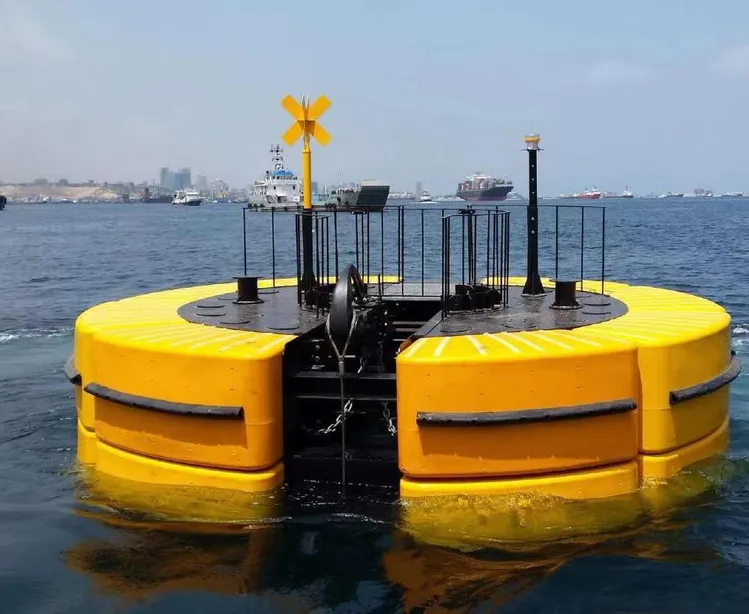JRB2024061201
Ocean Buoy
Orange
Offshore
Steel
ISO9001, BV, CCS, Dnv, Gl, Lr
24 Months
1 Set
Jerryborg
Pallet
customize
Qingdao, China
Product Description
 Overview
Overview

Product Description

Our company's main business is the construction of navigation support products and marine monitoring platforms.
Its main products include inland and offshore HF series navigation beacons, XF series ship buoys, 6m-10m marine monitoring buoys, LED beacon lights,radar. transponders, radar reflectors, etc., cooperate with scientific research institutes to develop intelligent buoys for marine hydrological monitoring.

The Steel Mooring Buoys offer safe, durable mooring operations and ensure efficient space usage. They are specially designed for the mooring of vessels in the most economical way. The Steel Mooring Buoy is built from robust, high quality steel and fitted with the Quick Release Buoy Hooks. This Steel Mooring Buoy offers a sturdy mooring solution for vessels undergoing waiting or (dis)charging procedures. The mooring safety, stability and sustainability is reinforced by the direct connection of the anchor chain to the mooring unit.
Features:
2. Environment Friendly Material
3. Long Lifespan Easy Installation and Maintenance Free
4. Large Buoyancy
Use of mooring buoys
The anchor is buried in the offshore seabed, and the buoy is connected to the anchor by a mooring chain to float on the water and does not drift away with the waves or currents;
the buoy is equipped with mooring rings and steel shackles for ship mooring, some of which are large The mooring buoy is also equipped with manual quick decoupling to facilitate quick mooring and de-mooring operations. In offshore mooring work, dedicated mooring boats are generally used to assist ships in mooring operations.
In the case of a single buoy mooring, the ship will drift around the buoy under the action of wind and current. For this reason, double buoys are often used for mooring in the port, that is, a buoy is attached to the bow and stern cables, and the ship can be stabilized on the water surface. For some large oil tankers, LNG uses four-point mooring, that is, two buoys are connected to the bow line and two buoys are connected to the stern line.







